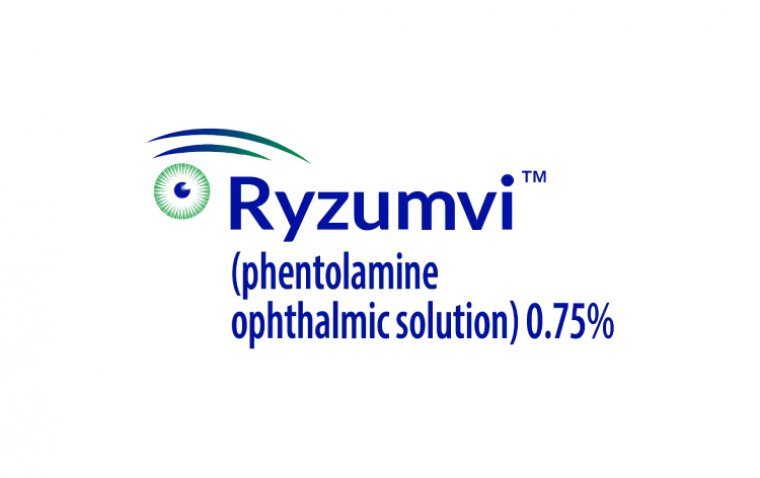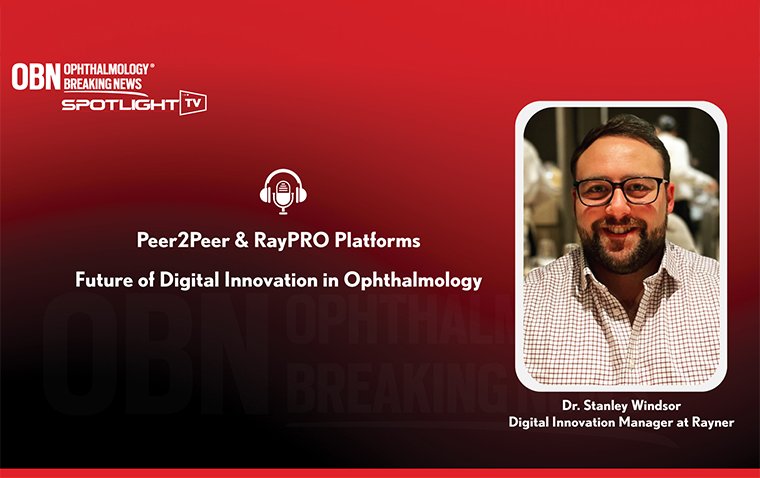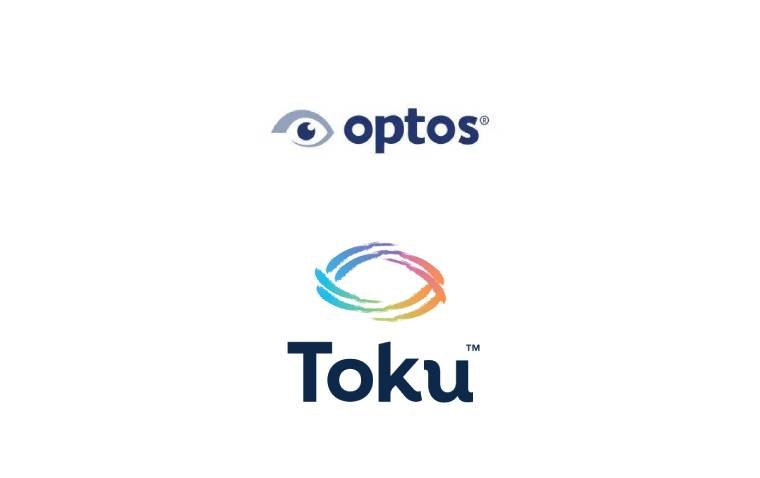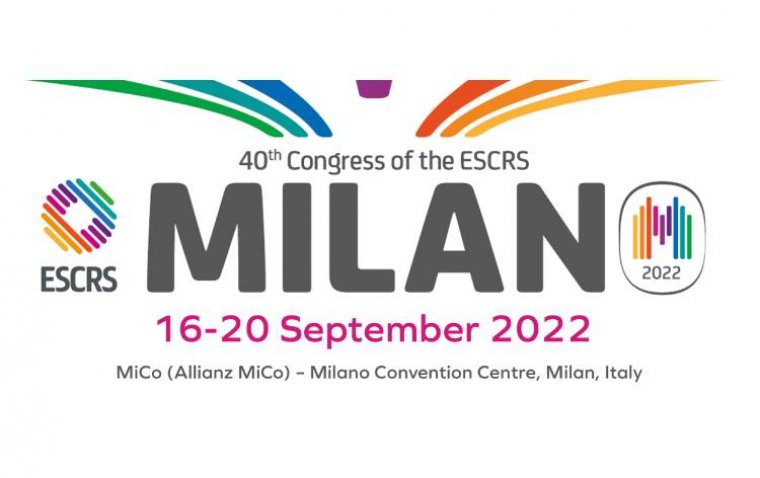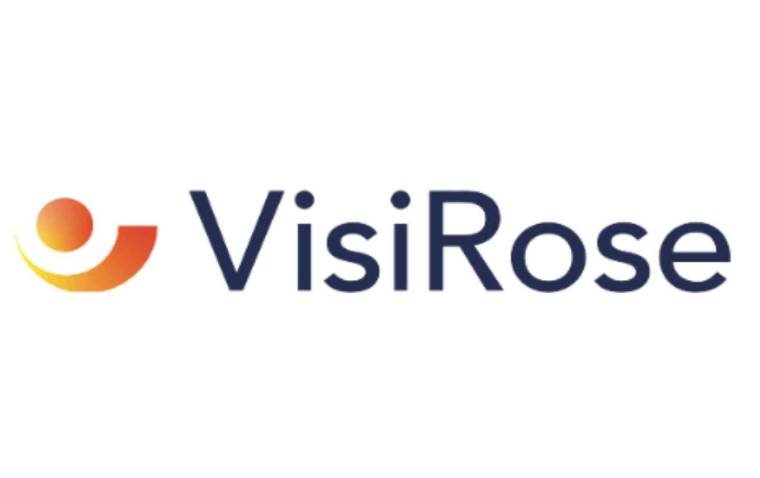
The High Price of Vision Loss: Australian Study Reveals $5.2 Million Cost per Person
In a groundbreaking study published in the Medical Journal of Australia, researchers have quantified the lifetime cost of living with an inherited eye disease in Australia, revealing it to be $5.2 million per person. Shockingly, a significant portion of these costs, including the progressive loss of vision, burdens individuals and their families, with over one-third attributed to the loss of income over their lifetime.
The study was conducted by teams from Macquarie University's Center for Economic Impacts of Genomic Medicine, Sydney Children's Hospitals Network (SCHN), Children's Medical Research Institute (CMRI), Save Sight Institute (SSI), and the University of Sydney.
Inherited retinal diseases, including conditions like Stargardt disease, retinitis pigmentosa, and Leber congenital amaurosis, lead to the progressive deterioration of eyesight and eventual blindness. Despite routine modeling of healthcare and societal costs for most diseases, comprehensive data on inherited retinal diseases in Australia was lacking until this study.
Professor Robyn Jamieson, Head of the Eye Genetics Research Unit at CMRI and SSI, and a Professor of Genomic Medicine at the University of Sydney, collaborated with Professor Deborah Schofield, Director of Macquarie University's Center for Economic Impacts of Genomic Medicine, to address the lack of information on lifetime costs. Professor Jamieson, who led the team behind Australia's first successful gene therapy for a genetic eye disease, highlights the crucial need for increased research funding to advance the field and tackle these debilitating conditions.
Professor Schofield emphasizes the substantial costs borne by patients and their families outside the health system, often going unnoticed, and praises the microsimulation model used in the study for uncovering these hidden individual and societal costs. Professor John Grigg, a specialist in inherited retinal diseases, stresses the devastating impact these conditions can have, affecting not only children but also adults who may be forced to abandon their successful careers.
The study underscores the personal responsibility individuals with inherited eye diseases often shoulder and the urgent need for research funding to develop diagnoses and novel therapies. Advocates like Junko Katsuda, whose son has experienced vision loss due to Stargardt disease, emphasize the importance of equitable support, research funding, and access to innovative therapies for these conditions.
Such investments not only alleviate the financial strain on families and the healthcare system but also empower individuals with genetic eye diseases to lead fulfilling lives and contribute to society while reducing their dependence on social support systems.
The study findings report a lifetime cost of $5.2 million per patient, with 87% attributable to societal costs and 13% to healthcare costs. Notably, among the adult cohort, only 62% were employed, and merely 41% received support from the National Disability Insurance Scheme.
Reference
Deborah Schofield et al, The health care and societal costs of inherited retinal diseases in Australia: a microsimulation modelling study, Medical Journal of Australia (2023). DOI: 10.5694/mja2.51997
(1).jpg)


